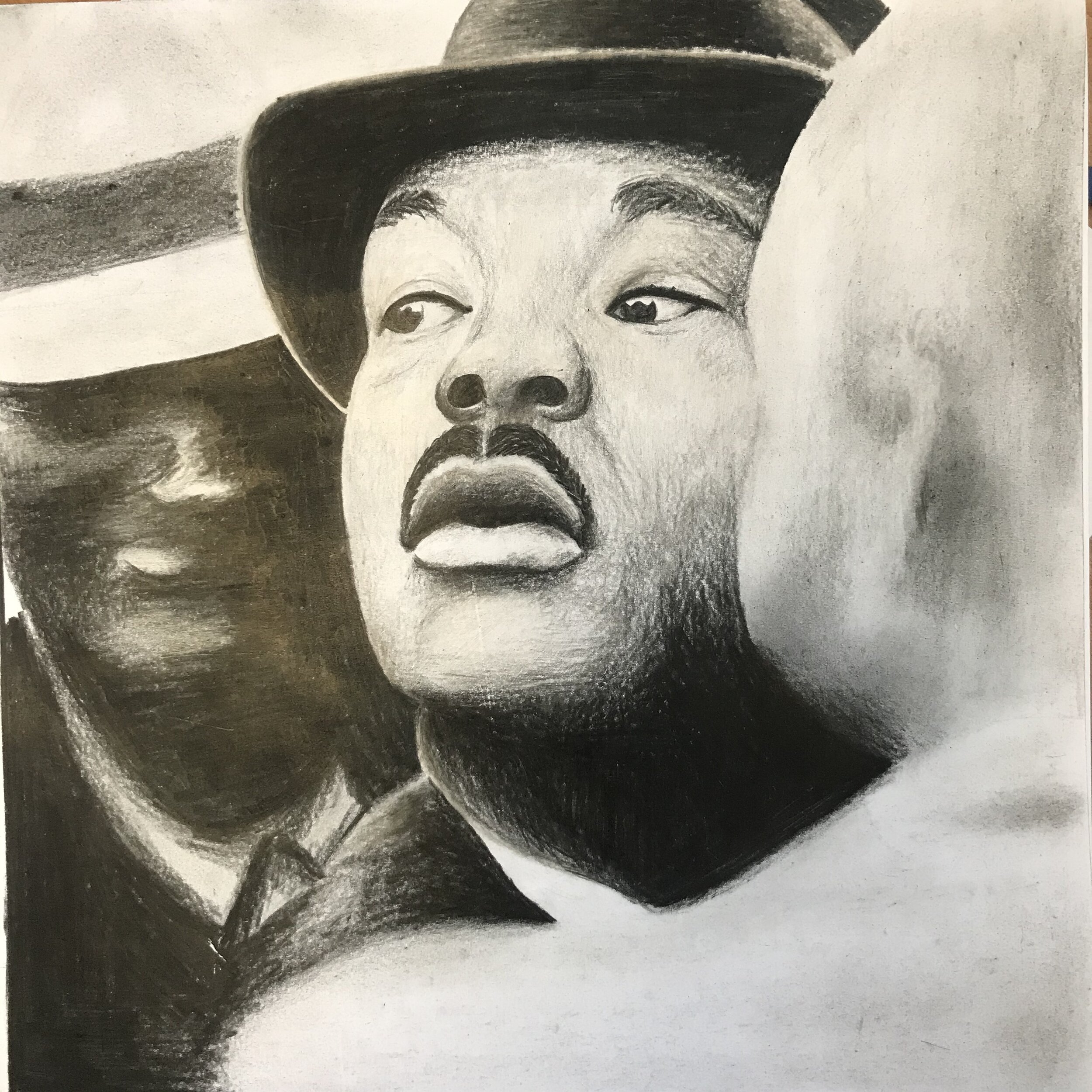Published January 10th, 2014
By Andrew McMartin, Executive Director at the p.i.n.e. project in Toronto, ON
It seems like an obvious statement, so why don’t kids play outside in challenging weather nearly as much as they used to? Why are schools keeping kids inside at recess when the temperature gets too cold? What kind of adult will this type of childhood experience create?
Most challenges, risks, and hurdles are swiftly removed from childhood in efforts to prevent anything bad from happening to the children that we love.
As Winter ebbs and flows, with temperatures ranging from minus 25 to plus 10 in the past few weeks, we’ve experienced a wonderful range of opportunities with the programs we run. Challenges and opportunities. From freezing weather with blustery winds, to rain and floods in the parks where we work, to massive snowstorms full of amazing forts and fun!
Imagine children that have grown up playing outside in all manner of challenging conditions, in all seasons of the year. Imagine how they’d be different than kids taught to come inside when it’s raining, or cold. Imagine how they’d be different from kids that find entertainment from the TV, computer or video games.
Kids who play outside in challenging weather are more positive, more creative, and more adaptable. They don’t let challenges stop them. They rise to challenges and find ways to carry on in spite of them. And that’s just their baseline. It’s nothing special to them. It’s normal.
It used to be normal for all kids.
Add mentors and role models with smiles on their faces, skills to keep everyone warm and happy(ish), challenging questions to keep children growing and children become even more incredible! Especially if parents, family, and community are all making these types of experiences a normal reality for their children, rather than preventing them from going outside in all weather.
Imagine children that have grown up playing outside in all manner of challenging conditions, in all seasons of the year. Imagine how they’d be different than kids taught to come inside when it’s raining, or cold.
Challenging weather creates real and perceived risks, and so risk creates opportunity for growth. Because risks teach. They have real consequences that ask us to be aware; aware of ourselves, others, and nature.
This type of risk is a rare opportunity for children today. Most challenges, risks, and hurdles are swiftly removed from childhood in efforts to prevent anything bad from happening to the kids we love. But this may be robbing children of life’s challenges and not preparing them for the realities of being an adult.
Kids don’t have to be positive, creative, or adaptable if there are no challenges. With no challenges, there are no consequences. What kind of adult will result from a childhood without challenges or consequences? Yikes is all I have to say.
The great thing is, it’s easy to switch this up.
One way is to just go outside. Go out in all conditions, and if you aren’t comfortable doing so, bring your kids to others that are. That’s community, and a “village raising a child”, so to speak.
Amazing things happen outside.
In one day of our programs last week, our day (five different programs for ages 4-10) included:
Watching a Barrel Owl hunting small mammals in a meadow
Making herbal teas from natural ingredients found locally
Finding and exploring a Deer kill site, and the tracks of Coyotes, and various scavengers
Finding and exploring a Muskrat kill site, and wondering who might have been the predator
Giving thanks and gratitude for all the lessons nature provides
Smoking a deer hide to make soft leather for projects
Making pine pitch to glue an ax head on to a handle
Finding an Owl or possibly a Hawk pellet and dissecting it to find clues
Finding a birds nest and investigating whose nest it was
Playing tons of games
Eating snack and lunch outside
Tracking and acting like animals to understand them better, and the lessons they teach us
So much more I can’t fit it all in here…
So go outside. And keep going out there, no matter the weather. And keep sending your kids out there, or to us regardless of what may be happening out there. (Remember, children grow up healthy all over the world. In arctic conditions, in deserts, and in the tropics. -50C to plus 45C, and they do just fine).
Don’t let fears get in the way.
Get out there, explore, and see what you find. Sit still for long periods of time and take a break from the schedule and routine of a busy life.
Ask questions and search for answers, but don’t worry if you don’t find them!!! Just be as curious as little kids!
Go out in all weather, dress for it well, and make this a normal thing for yourself, and for children growing up. They’ll grow up resilient, adaptable, creative, positive and aware, things they’ll need to face their future in a good way.



